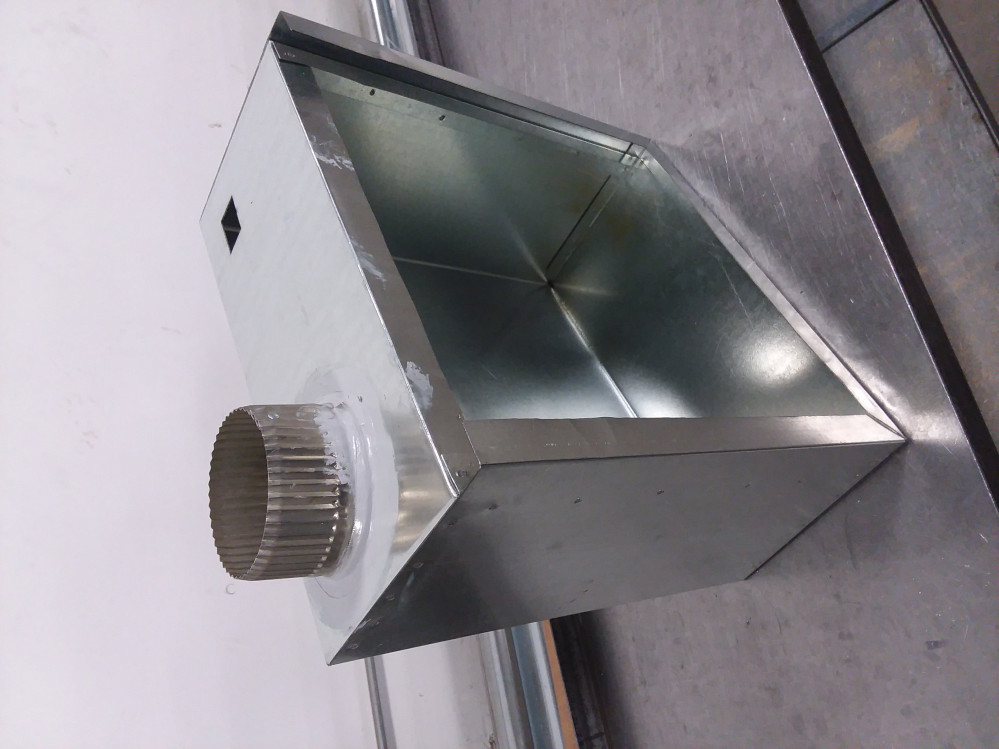
Venting my spleen... or atleast my airbrush
Design merits and flaws
I thought about my ventilation system and have been looking at fans. I’ve done research on fans. I’ve learned more than I care to about the science behind how fans work and what makes them work. The problem is that I am still learning and gaining no benefit from the insight. I thinm George Carlin once said “I do not possess a degree in engineering nor am I mechanically inclined”… I too am so blessed.
I thought, ‘I want a quiet fan for my airbrush system that will take up minimal space’; that wasn’t too unreasonable as an original assumption that it could be done. Here I am learning about impeller shapes and their effect on power efficiency and movement of air volume. I’m looking at how to control the unit, because simplicity can’t be achieved when you let an engineer in the room (don’t look at me like that; he was carrying donuts).
I wish I could just scrawl out notes by hand here for that satisfaction of having created something with all the information. It might be easier on the mind of you, the reader, if I didn’t though as editing would be so much more difficult.
I guess there might be some things to list where I needed to put more thought.
- directing airflow
- fan mounting
- fan controls/power
- access to components
Back to the drawing board as I put more thought into the fan. The case might as well be chucked as I have overlooked basic issues. The first is mounting the fan. I had assumed that I could just mount a fan to the back and have a housing direct the air out of the unit. I was partially right here. There would need to be some way of directing air in.
Any air handler unit has air coming in through a filtration medium and then moves it away; that’s a simple enough premise. I had seen what goes on in the basic model of portable airbrush units and it seemed straightforward. The problem started when I changed the direction of airflow. The basic fan is straight from the front to the back. The fans I’ve found that are quiet direct the air at a 90° angle to the intake. This means I need to build something around the fan to have the air exit where I want it; it needs to be some sort of thin divider. This creates a problem for accessing parts inside the case when the front half is closed off from the rear portion.
Problems part … well, the next one… how to get to the insides. As I thought that there would be easy access to the guts from the get go I didn’t throw in any doors for the housing. How wrong I am as I keep putting in more thought. There should be some sort of access door or at least a better means of shutting out the ventilated air. I see that there could be more work done in the build that I cannot address at present without the use of a blowtorch or redesigning from the ground up on a CNC machine before bending parts.
My next issue it seems would also be related to others as I designed the case and didn’t have a clue as to what the electronics inside might be nor the size shape of the controls. I do regret the lack of knowledge but now that I have it I can say that the case is lost… or at least I hope it isn’t. All in all I think that having this as a slow burn build is helpful as I try to figure this out. I will have the quietest fan possible with the least amount of problems (only after hammering out the issues) that you too can recreate with the least of issues as I trudge forth into the fray of designing woes.










































































Leave a Reply